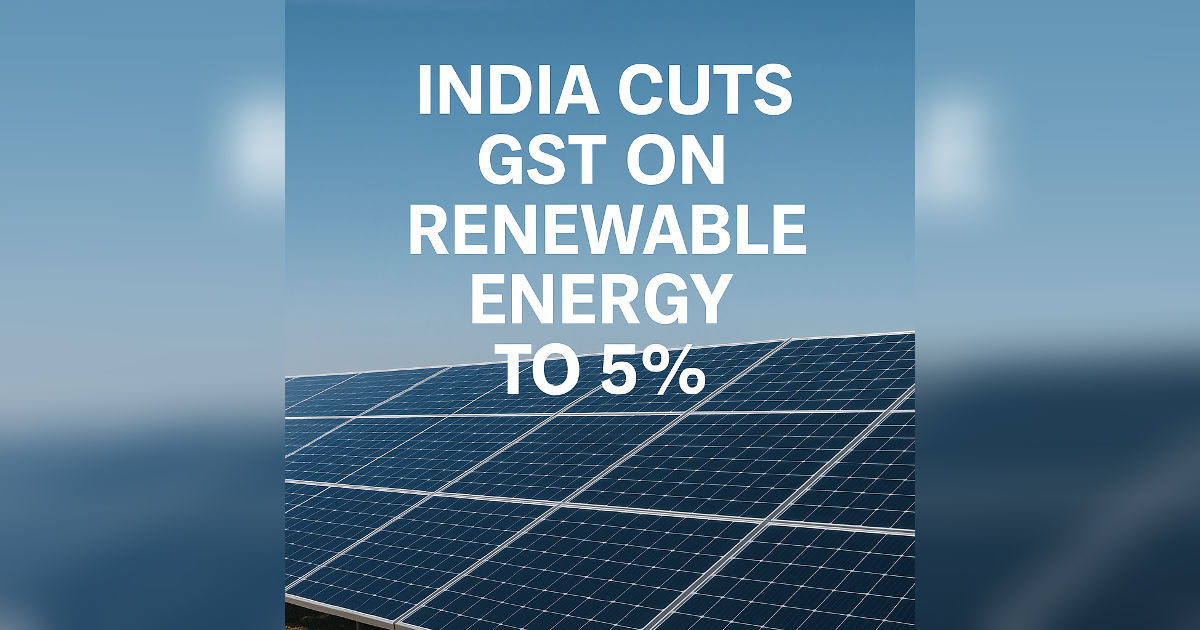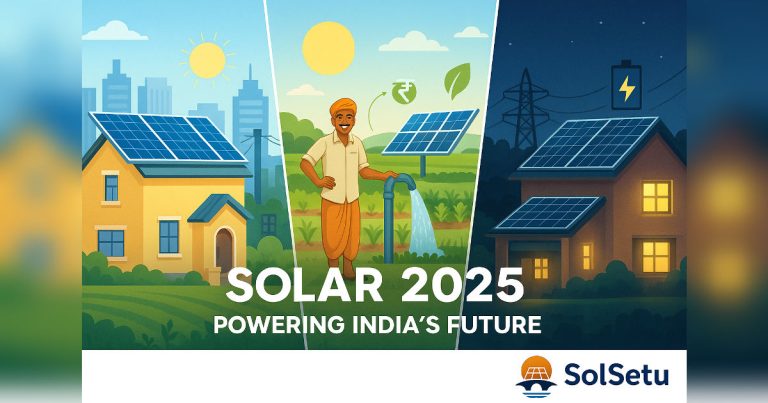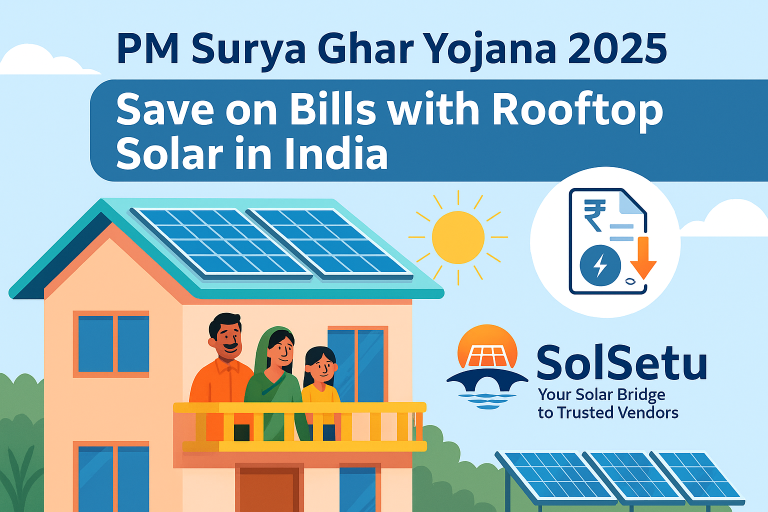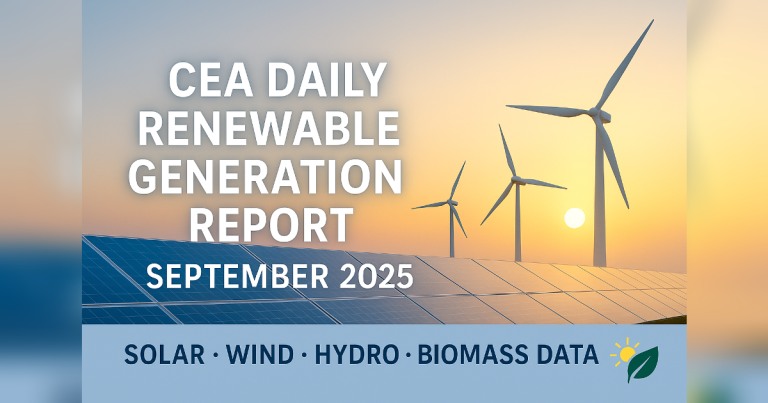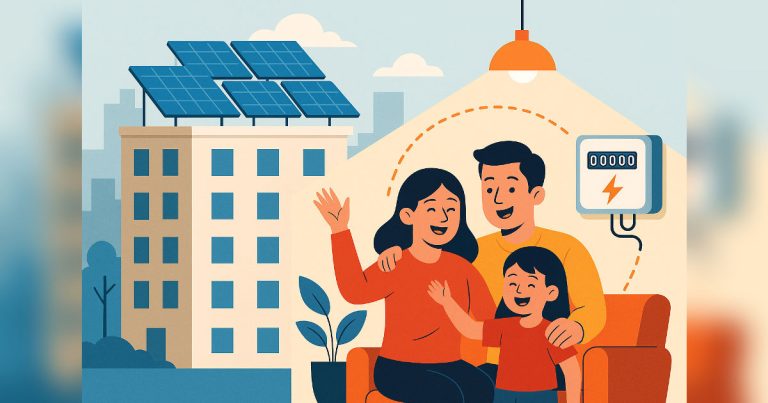India Cuts GST on Renewable Energy to 5%: A Game-Changer for Solar and Green Growth
In a landmark decision that will accelerate India’s clean energy transition, the GST Council has slashed the Goods and Services Tax (GST) on renewable energy devices and components from 12% to just 5%, effective 22nd September 2025.
This bold reform is expected to make solar panels, wind turbines, bio-gas plants, solar pumps, and other clean energy solutions significantly cheaper, boosting adoption across households, businesses, and large-scale developers.
| Category | Old GST Rate | New GST Rate | Effective Date |
|---|---|---|---|
| Renewable energy devices & components (solar modules, PV cells, wind turbines, bio-gas plants, solar pumps under PM-KUSUM, etc.) | 12% | 5% | 22 Sept 2025 |
Impact on the Renewable Energy Sector
Utility-Scale Solar Projects: Developers will save nearly ₹20–25 lakh per megawatt, reducing overall project costs. A 500 MW solar park could save over ₹100 crore in GST.
Rooftop Solar Systems: For households installing a 3 kW rooftop solar system under PM Surya Ghar Yojana, the cost will drop by ₹9,000–10,500, making solar power more affordable than ever.
Solar Pumps for Farmers: Under PM-KUSUM, a 5 HP solar pump costing ~₹2.5 lakh will now be ₹17,500 cheaper. With 10 lakh pumps to be deployed, the farming community could save a massive ₹1,750 crore collectively.
DISCOMs (Power Utilities): Procurement costs are expected to fall by ₹2,000–3,000 crore annually, helping reduce financial stress and enabling faster renewable capacity expansion.
Domestic Manufacturing Boost: The cost of solar modules and components is set to drop by 3–4%, enhancing the competitiveness of Indian manufacturers under Make in India.
Green Jobs & Investments: Analysts estimate this move could unlock ₹1–1.5 lakh crore in additional renewable investments, creating 5–7 lakh green jobs over the next decade.
A Push for Cleaner Energy
This GST reform is not just about cheaper solar panels—it reflects India’s broader strategy to make renewables more attractive than fossil fuels.
While GST on clean energy has been reduced to 5%, the Council has increased GST on coal and lignite from 5% to 18%, discouraging dependence on polluting fuels and supporting India’s climate commitments.
The move will also:
Lower tariffs for end consumers.
Speed up India’s journey toward 500 GW of non-fossil fuel energy capacity by 2030.
Cut millions of tonnes of CO₂ emissions by replacing coal with green power.
What It Means for You
Homeowners: Rooftop solar becomes more affordable and will pay back faster.
Farmers: Solar pumps are now cheaper, saving money and reducing dependence on diesel.
Vendors & Installers: More demand, more projects, and a stronger solar business pipeline.
Investors & Developers: Large-scale savings on project costs, enabling higher returns.
SolSetu’s Take
At SolSetu, we believe this policy marks a turning point for India’s renewable energy sector. By lowering GST on clean energy and making fossil fuels more expensive, the government is sending a clear message: India’s future is solar, wind, and green energy.
This is also a golden opportunity for solar vendors to expand their reach, claim their business listings, and connect with thousands of potential customers through SolSetu’s platform. Together, we can accelerate the shift towards a cleaner, greener India.
👉 Vendors! Claim your listing on SolSetu.com today. Share your solar success stories, grow your customer base, and be part of India’s green energy revolution.

